11 Most Dangerous Fish Known To Mankind
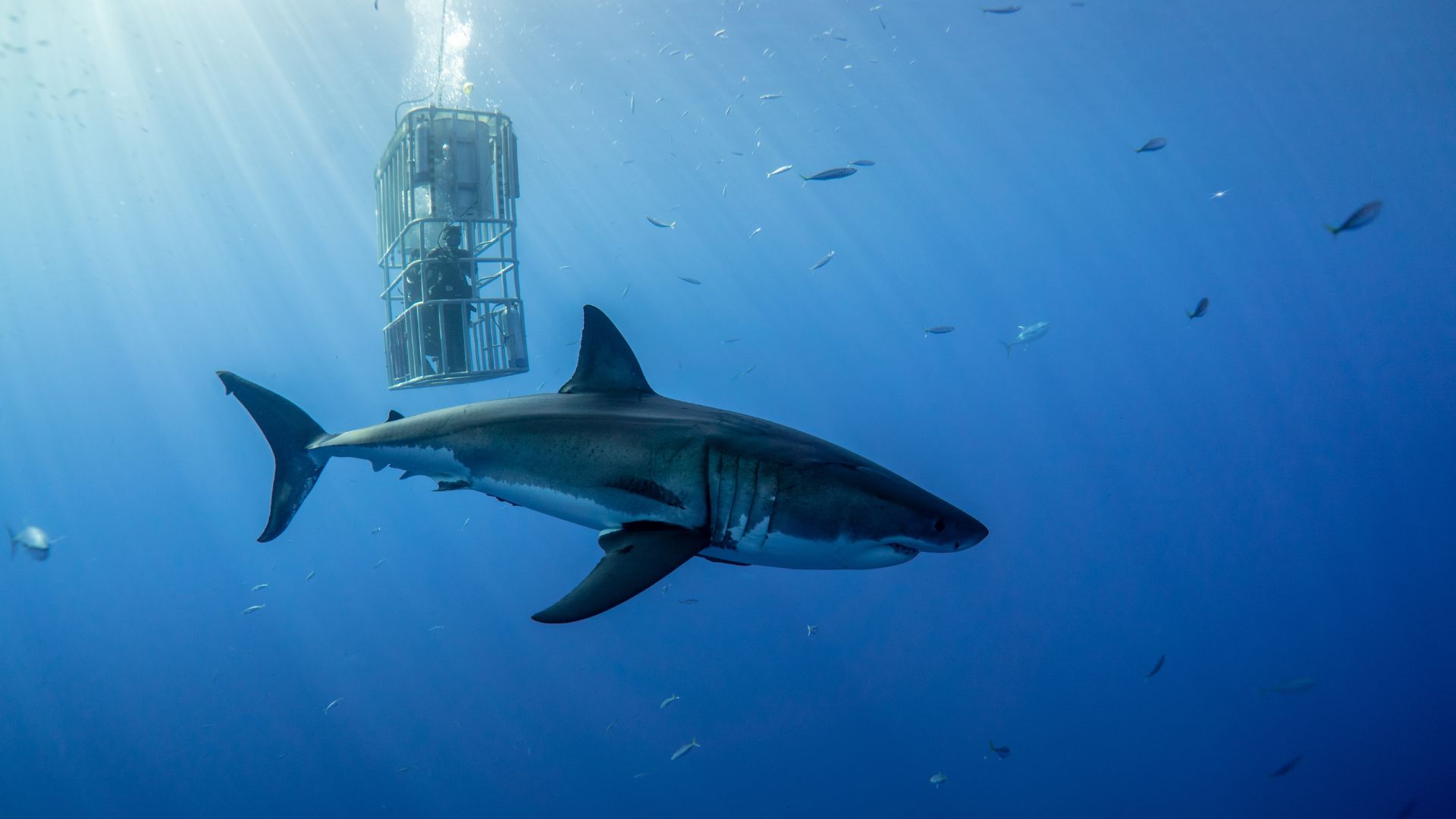
The ocean will forever remain a mystery to mankind. We can only imagine what creatures delve into the deepest parts of the oceans, unreachable to scientists and marine biologists.
However, over the past century, scientists have discovered some of the most poisonous fish known to mankind. Did you know that some of these are prepared as delicious meals in certain international cuisines?
Join me as I introduce you to some fish you wouldn’t want to encounter on your next diving expedition!
1. Lionfish
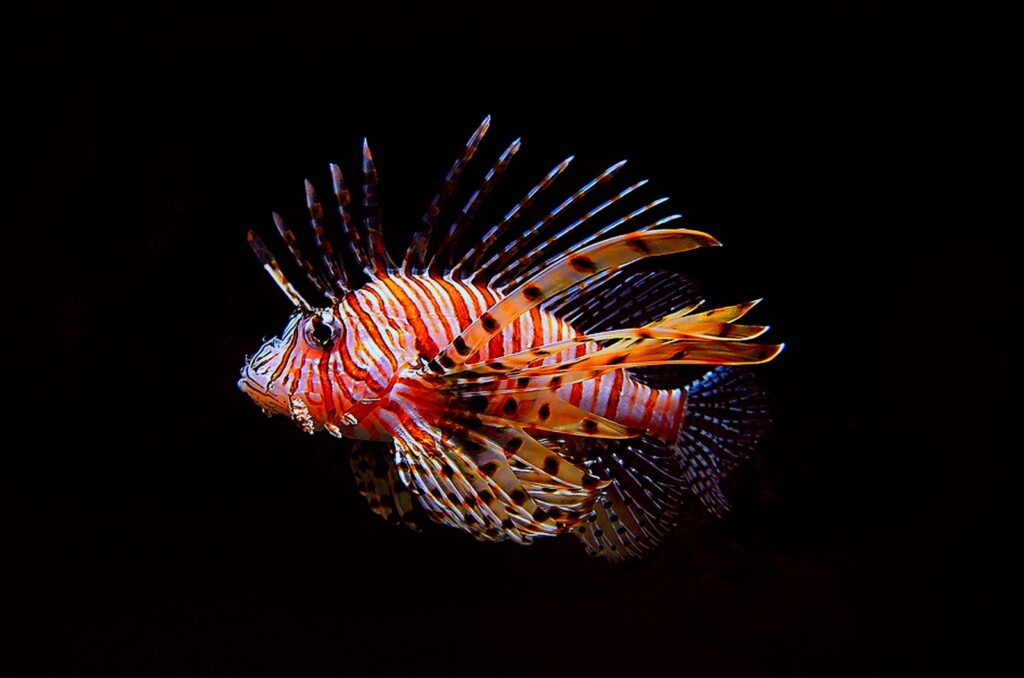
At first glance, the Lionfish seems like a work of art, with its strikingly colorful and flowing fins making it look like a dazzling underwater dancer.
It’s no wonder that many divers and snorkelers are mesmerized by its appearance, often forgetting just how dangerous this little fish can be.
Hidden among those delicate fins are venomous spines that can inject a toxin causing extreme pain, temporary paralysis, nausea, and even respiratory challenges. While its venom is not typically life-threatening to humans, the excruciating effects make this fish a creature to approach with caution.
Interestingly, despite its venomous nature, Lionfish have become a delicacy in certain cuisines. Once the venomous spines are removed, the fish is considered safe to eat and is even praised for its delicate flavor.
This combination of beauty and danger, along with its adaptability to various habitats, makes the Lionfish one of the most fascinating and feared fish in the ocean. Would you dare to try it on your plate?
2. Barracuda
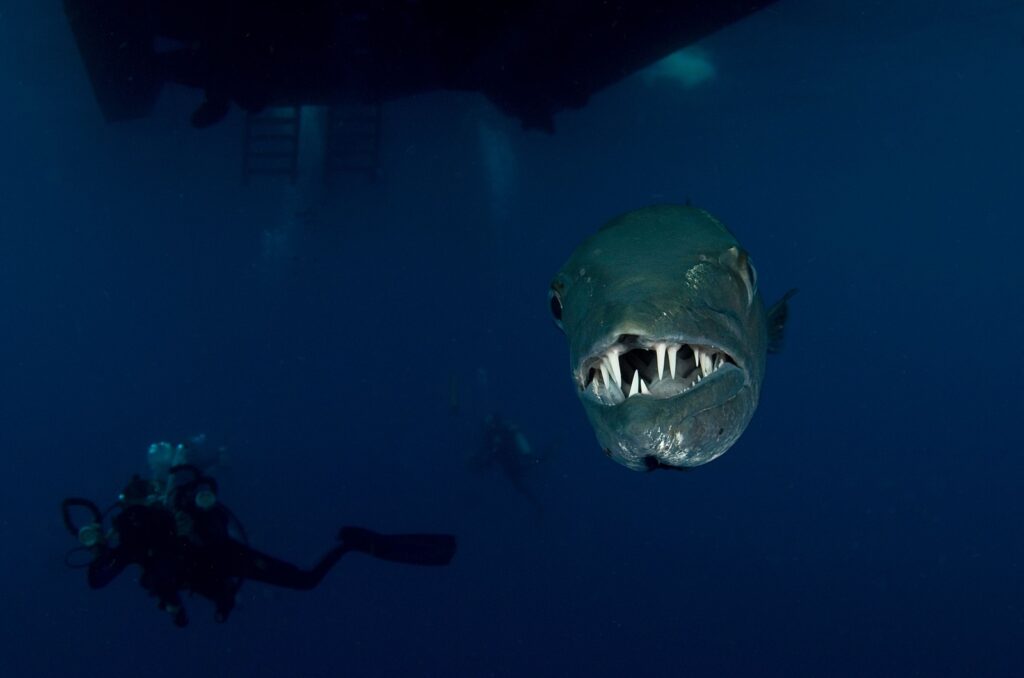
The Barracuda is the embodiment of sleek, predatory power, with its torpedo-shaped body and fearsome, razor-sharp teeth that immediately command respect.
These swift and agile hunters patrol tropical and subtropical waters, often lurking near reefs or wrecks, ready to strike at any sign of movement.
Their powerful jaws and sharp teeth can tear through prey in a flash, leaving no room for escape. It’s no surprise that divers and swimmers tend to keep their distance when encountering one in the wild.
What makes the Barracuda particularly unnerving is its tendency to follow snorkelers and divers, often drawn by shiny objects like jewelry or dive gear.
While attacks on humans are rare, the mere presence of this predator can send shivers down anyone’s spine.
One wrong move or a glimmer of light reflecting off your equipment could trigger a bite, making it essential to stay calm and avoid sudden movements when near these stealthy hunters.
3. Electric Eel
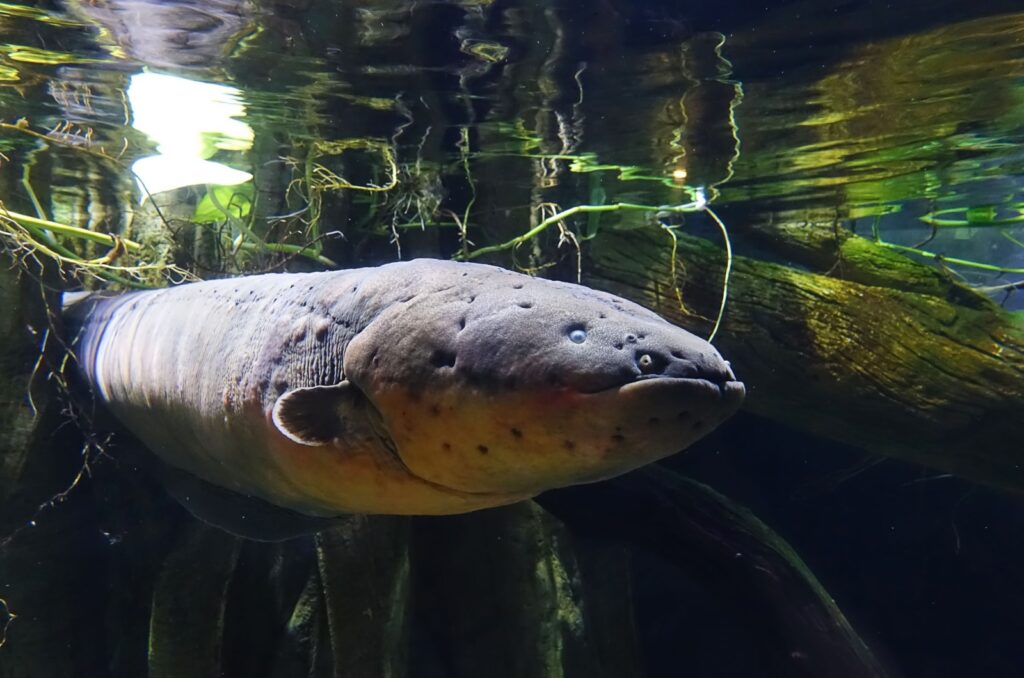
The Electric Eel feels like something straight out of a science fiction story, but this creature is as real as it gets—and just as electrifying as its name suggests.
Native to South American rivers, this elongated predator can generate electric shocks of up to 650 volts, enough to incapacitate or seriously harm its target.
These shocks are produced by specialized organs containing thousands of electrocytes, making the Electric Eel a living power plant.
While they use this electric charge primarily to hunt and defend themselves, an encounter with an Electric Eel can be incredibly dangerous for humans, especially in water where the electricity can spread more effectively.
They often inhabit murky rivers and swampy waters, where visibility is low, making it easy to accidentally stumble upon one. The idea of encountering a creature capable of delivering such a shocking experience is enough to keep most people out of its watery domain.
4. Pufferfish
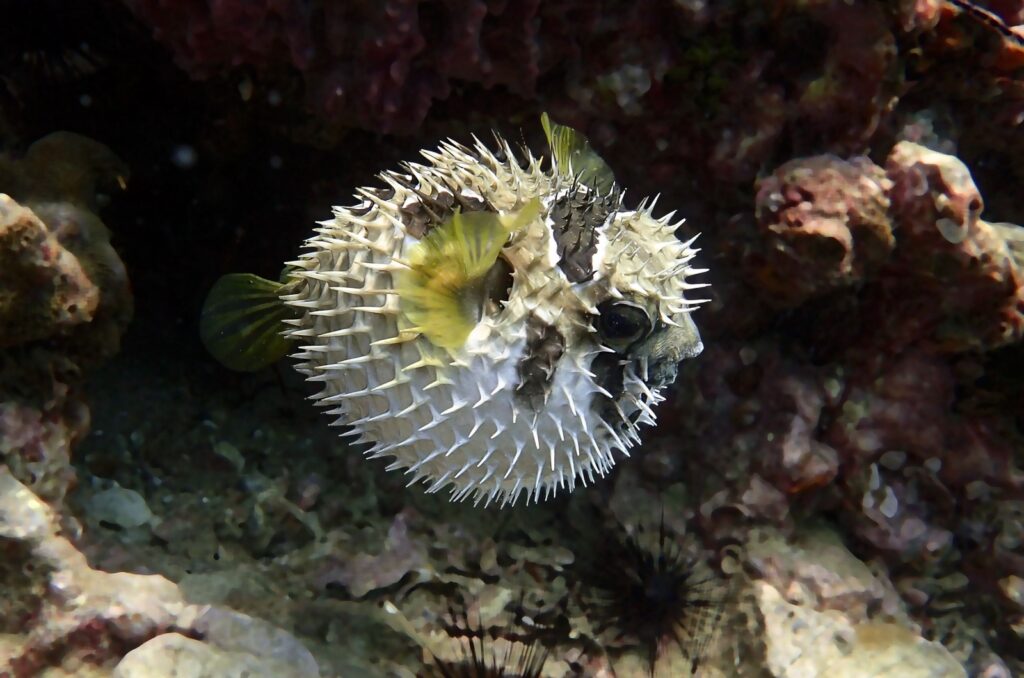
The Pufferfish, with its chubby cheeks and inflatable body, might look like the clown of the ocean, but this seemingly adorable fish hides a toxic secret. Its body contains tetrodotoxin, a potent neurotoxin that is hundreds of times more powerful than cyanide.
Found primarily in its liver, skin, and other organs, this toxin serves as the fish’s ultimate defense mechanism. When threatened, the Pufferfish inflates itself into a spiky ball, deterring predators with both its appearance and its lethal potential.
Despite its toxicity, the Pufferfish is considered a delicacy in Japanese cuisine, where it’s known as fugu. Preparing this dish is no easy feat, as chefs must undergo rigorous training and acquire special licenses to ensure the fish is served safely.
While its unique defense mechanisms and culinary fame make the Pufferfish fascinating, its danger is a stark reminder of how nature often combines beauty and peril.
5. Stingray
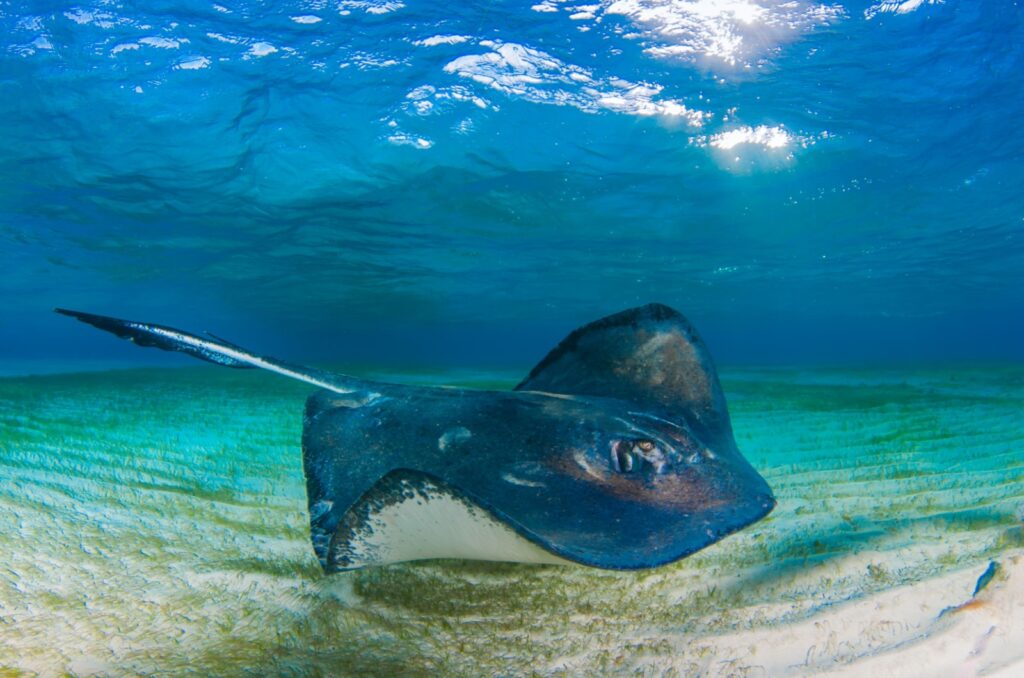
Known for their graceful movements and gentle demeanor, Stingrays are like underwater kites gliding effortlessly along the ocean floor. But beneath their calm exterior lies a tail equipped with venomous barbs, a natural defense mechanism designed to deter predators.
These barbs can deliver a powerful sting if the Stingray feels threatened, and the venom can cause intense pain and swelling.
Stingrays are not naturally aggressive and will often swim away when approached. However, accidental encounters, such as stepping on one while wading through shallow waters, can result in a painful sting.
They often bury themselves in sand for camouflage, making them nearly invisible to the unsuspecting swimmer. Despite their reputation, Stingrays play an important role in marine ecosystems, and their elegance and adaptability make them a truly remarkable species.
6. Piranhas
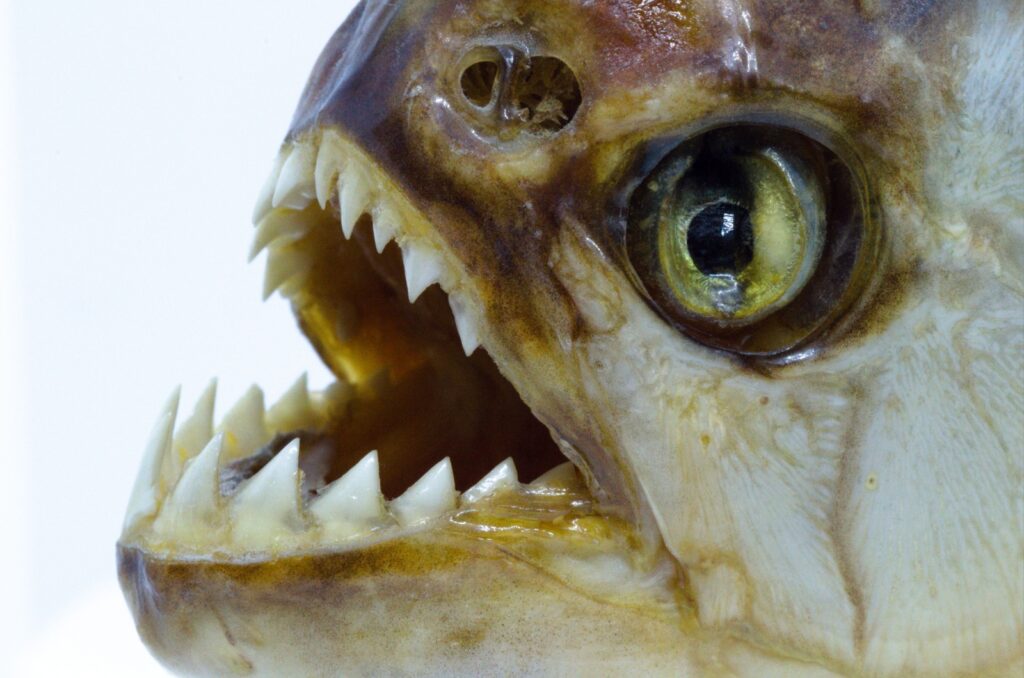
Piranhas have long been the stuff of legends and horror movies, often depicted as ferocious, bloodthirsty predators capable of devouring anything in their path.
While this portrayal is exaggerated, these freshwater fish do possess sharp, triangular teeth and a powerful bite that can easily tear through flesh.
Native to South American rivers, Piranhas typically feed on fish and plant material, but they won’t hesitate to nip at humans if they feel threatened or cornered.
What adds to their mystique is their schooling behavior, which is often misunderstood as a predatory tactic.
In reality, these large groups provide protection from predators and create safety in numbers. While their reputation may be overblown, it’s still wise to exercise caution when swimming in waters known to house these razor-toothed fish.
7. Moray Eel
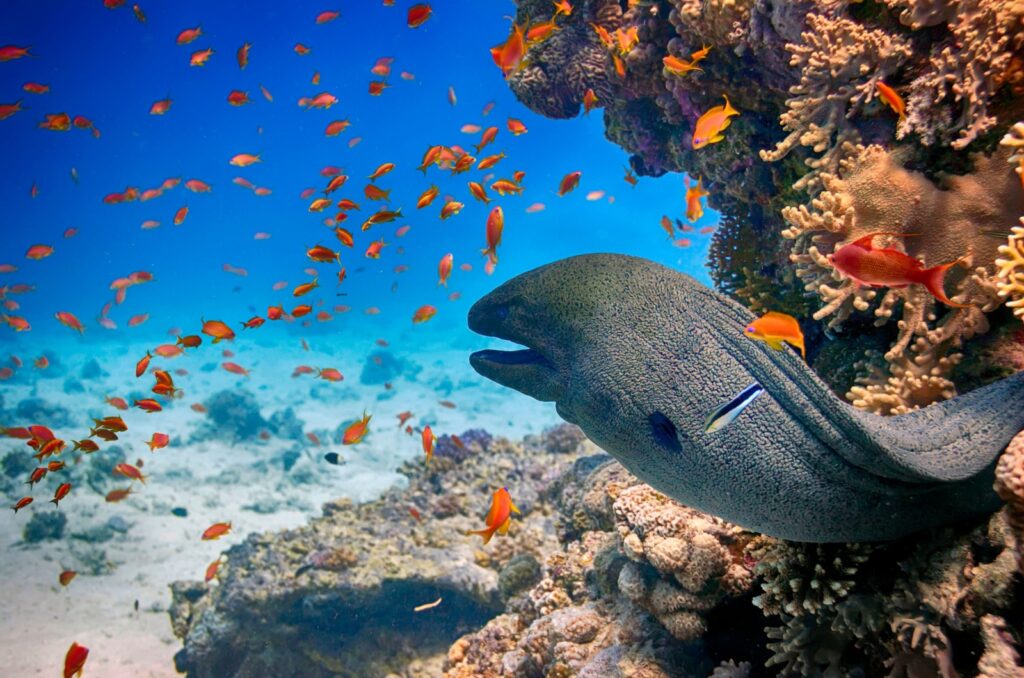
With its snake-like body and menacing jaws, the Moray Eel is a creature that commands both fear and fascination. Found in tropical and subtropical waters, these nocturnal hunters spend their days hidden in crevices and rocky outcrops, waiting for the cover of darkness to hunt.
What sets the Moray Eel apart from other predators is its unique set of pharyngeal jaws, a second set of teeth located in its throat that aids in capturing and swallowing prey.
When threatened, Moray Eels can deliver a powerful bite, and their razor-sharp teeth can cause significant injury. While they are not naturally aggressive toward humans, they will defend themselves if provoked or cornered.
Their vivid patterns and vibrant colors make them visually striking, but their formidable hunting skills and defensive capabilities make them creatures best admired from a safe distance.
8. Stonefish
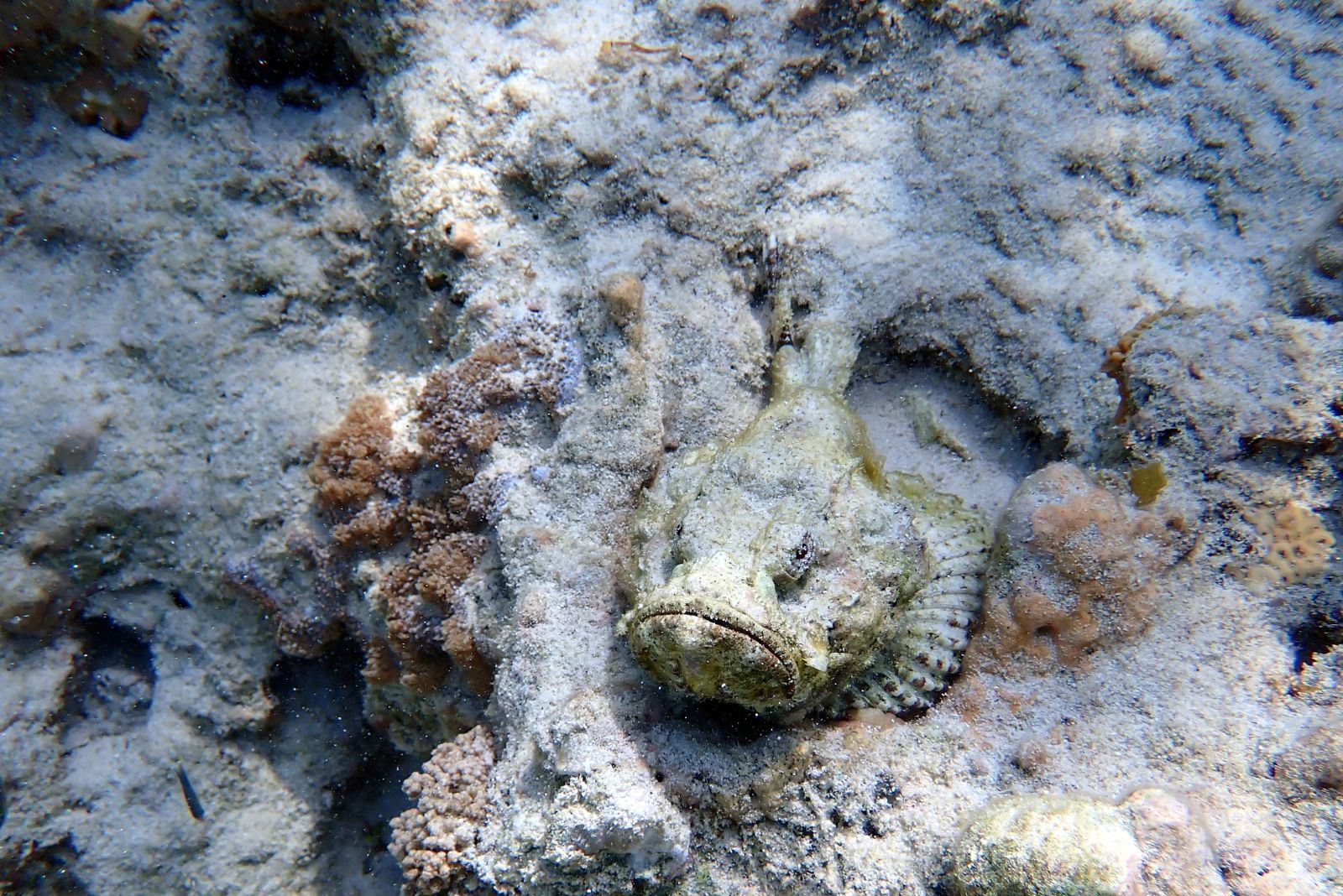
The stonefish, often regarded as one of the most hazardous fish in the ocean, is a master of disguise. Found primarily in the Indo-Pacific region, it blends seamlessly into the seafloor, looking almost identical to a rock or piece of coral.
This camouflage makes it easy to overlook, which can lead to unfortunate encounters for unsuspecting swimmers or divers. Equipped with venomous spines along its back, the stonefish delivers an incredibly painful sting when stepped on or handled, causing intense swelling and discomfort.
This venom serves as its primary defense mechanism against predators, showcasing just how well-adapted it is to its environment. Despite its threatening reputation, the stonefish rarely initiates contact, making it a danger only when inadvertently disturbed.
9. Tigerfish
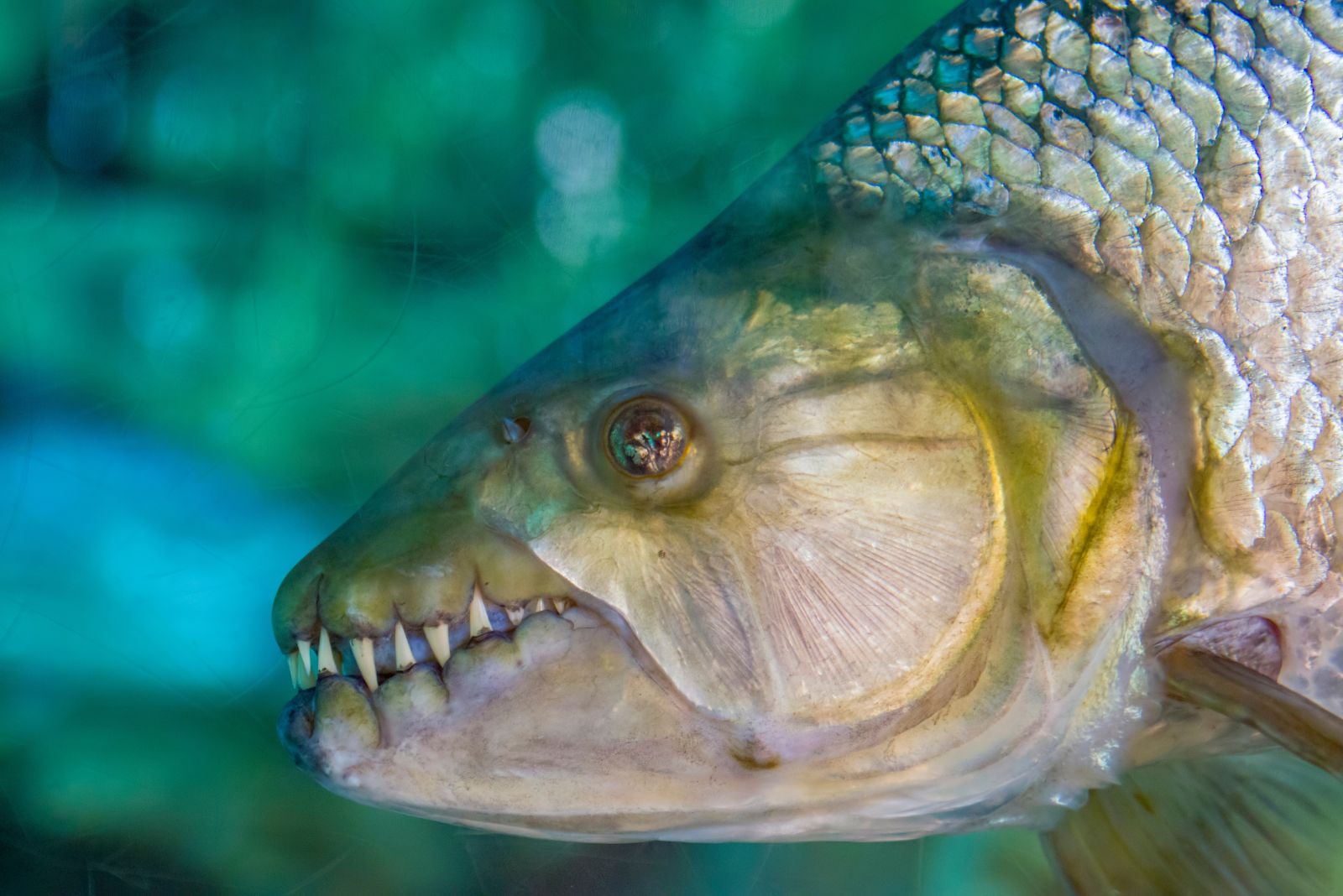
The tigerfish, with its sharp, interlocking teeth and sleek, muscular body, is a freshwater predator that commands respect in African rivers and lakes. Known for its aggressive nature, this fish preys on smaller fish with remarkable speed and precision.
One of the most well-known species, the Goliath Tigerfish, can grow over five feet long and weighs more than 100 pounds. It is highly territorial, often displaying fearless behavior even in the presence of larger threats.
Fishermen and researchers alike have reported its powerful bite, which can easily tear through fishing nets or equipment. The tigerfish’s agility and strength make it a formidable inhabitant of its ecosystem, earning it a spot among nature’s most intimidating aquatic creatures.
10. Great White Shark

The Great White Shark is the ocean’s most infamous predator, a powerful and efficient hunter that dominates the marine food chain. With rows of serrated teeth, an incredible sense of smell, and bursts of speed reaching 35 mph, this apex predator is built for ambush attacks.
Despite their fearsome reputation, Great Whites don’t intentionally hunt humans—most attacks occur out of curiosity or mistaken identity. Their jaws exert nearly 4,000 pounds of force per bite, enough to crush bones and tear through flesh with ease.
While Hollywood has fueled myths about these sharks as ruthless man-eaters, in reality, humans pose a far greater threat to them through overfishing and habitat destruction. As awe-inspiring as they are dangerous, the Great White remains one of nature’s most misunderstood giants.
11. Bull Shark
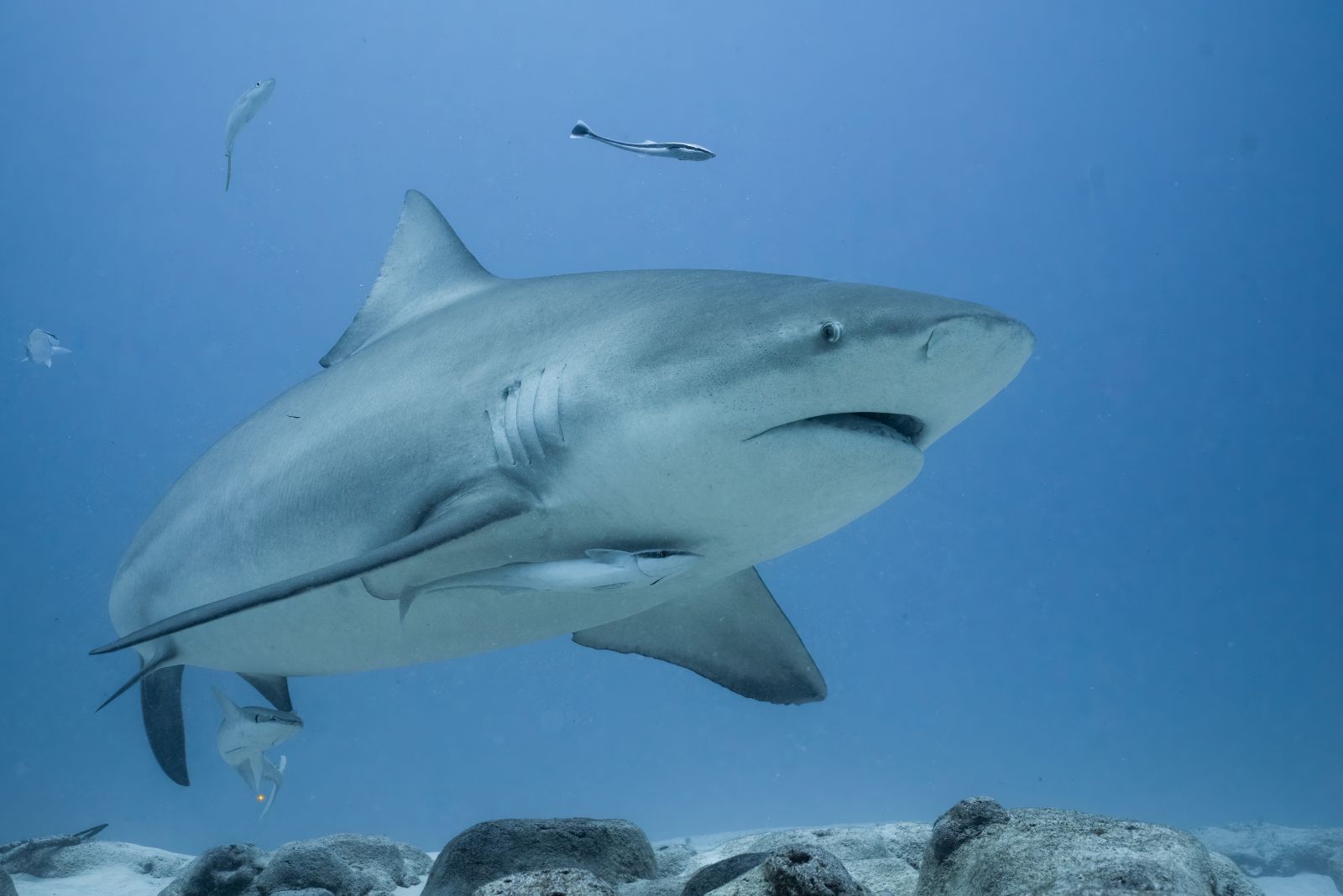
The Bull Shark is one of the most aggressive and unpredictable sharks, known for its ability to thrive in both saltwater and freshwater. Unlike most sharks, Bull Sharks can swim up rivers and lakes, bringing them into closer contact with humans—one reason they are responsible for more attacks than any other shark species.
Short, stocky, and incredibly strong, Bull Sharks use their blunt snouts and powerful jaws to bite with bone-crushing force. They are territorial and highly adaptable hunters, capable of thriving in murky, shallow waters where visibility is low.
While they are fearsome predators, Bull Sharks play a crucial role in maintaining the balance of marine ecosystems. Their aggressive nature and ability to hunt in unpredictable locations make them one of the most formidable fish in the world’s waters.






